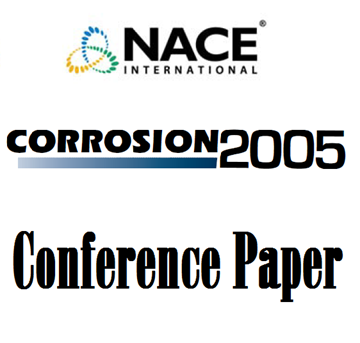Search
Products tagged with 'track-to-earth resistance'
View as
Sort by
Display
per page
05242 Track-to-Earth Resistance, What Does it Mean?
Product Number:
51300-05242-SG
ISBN:
05242 2005 CP
Publication Date:
2005
$20.00
51318-11270- DC Transit Stray Current Corrosion Control: Everyone Wins When You Work Together
Product Number:
51318-11270-SG
Publication Date:
2018
$20.00


